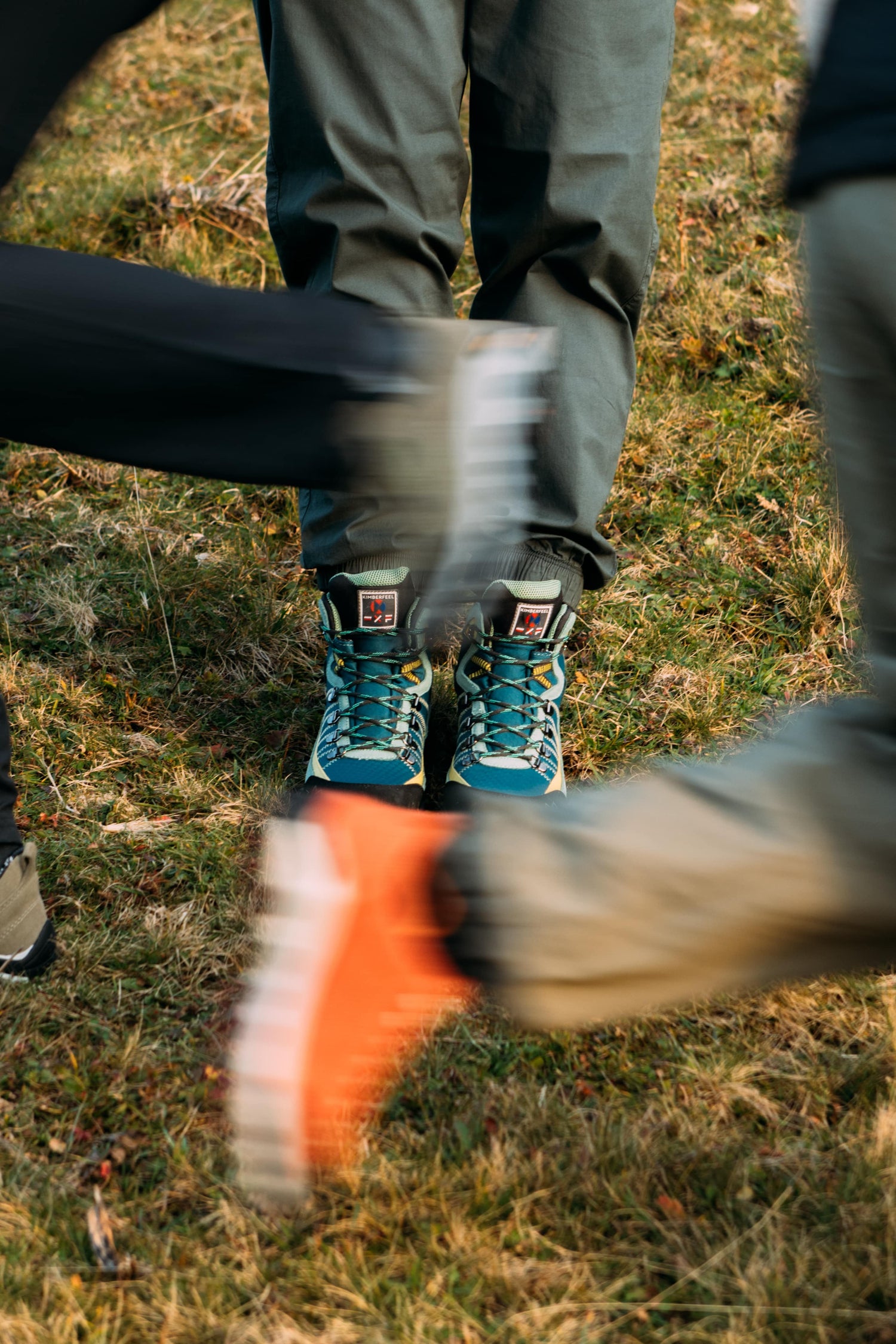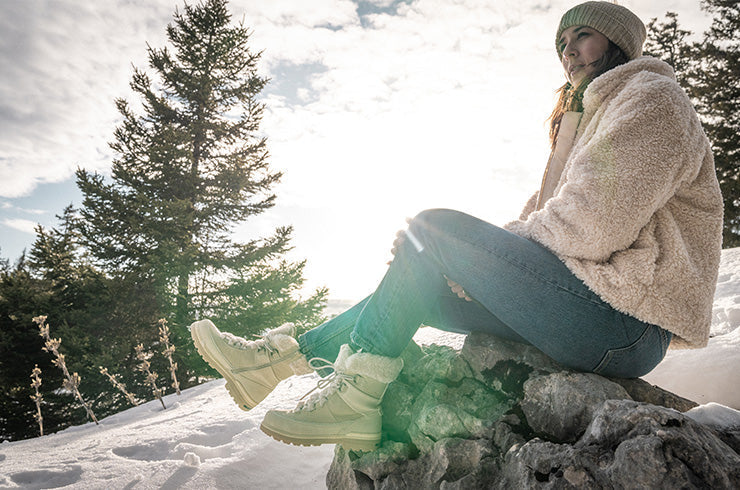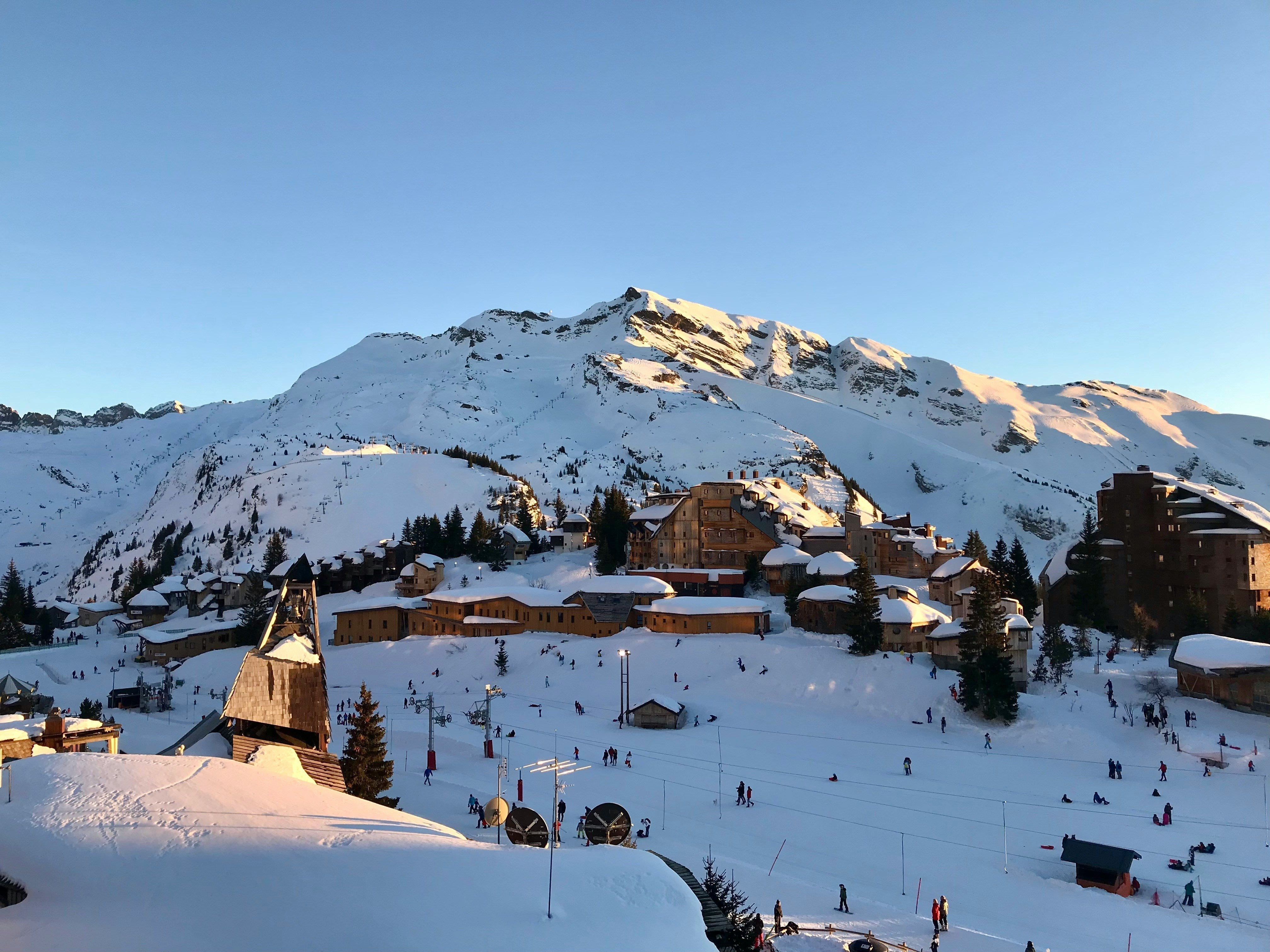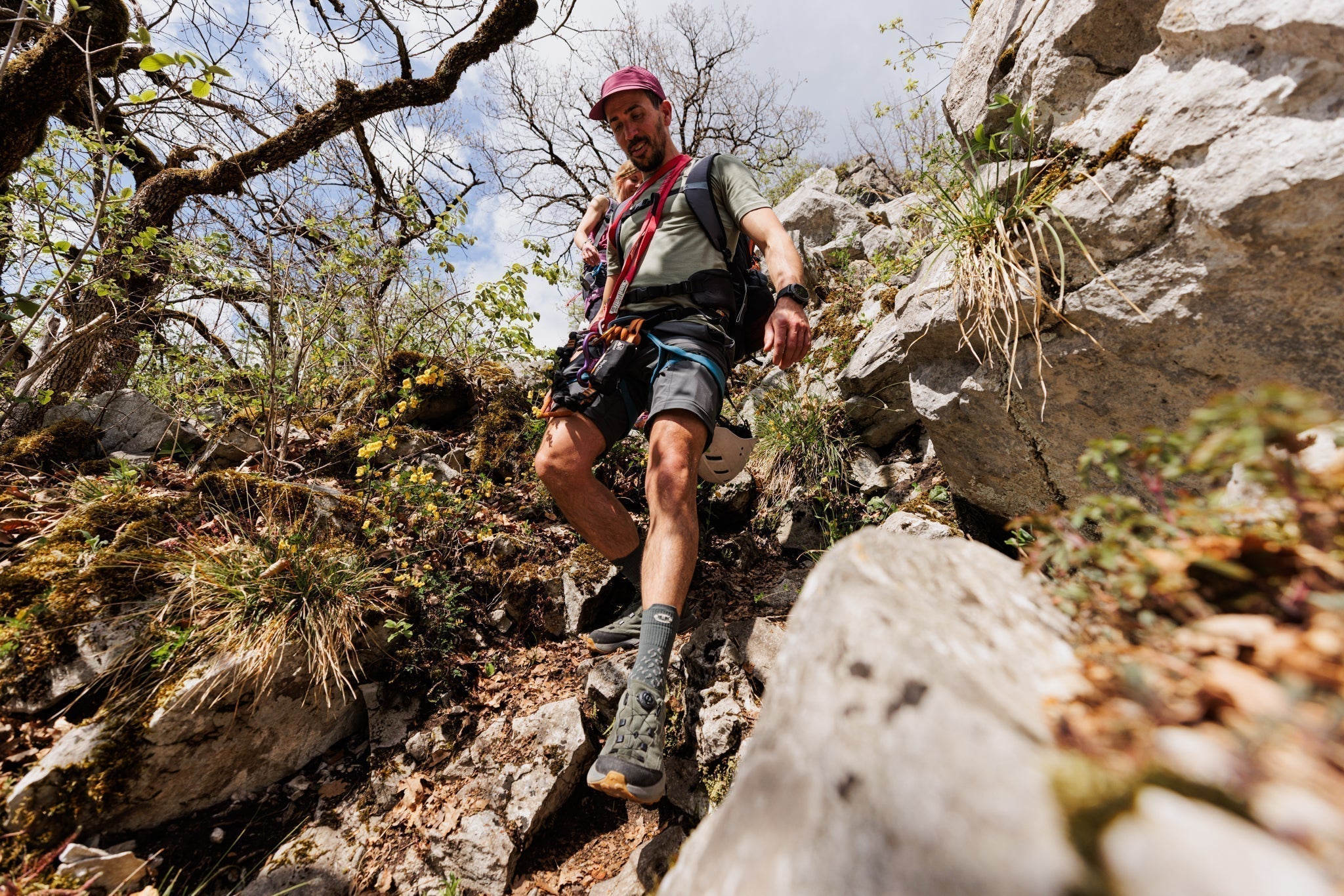Choosing the right pair of hiking shoes means avoiding blisters on the first climb and ankle pain before you even reach the summit.
But between bass, mid or high, it's sometimes difficult to see clearly. Too many choices, too many technical terms, and you find yourself hesitating without really understanding why.
Too low, and you risk spraining your ankle on a rough trail. Too high, and every step becomes a challenge on rolling terrain. Choosing the right shaft height isn't just a matter of style : it directly impacts your comfort, stability, and fatigue over the long term.
To avoid these unpleasant surprises, Here is a practical and concrete comparison. The goal is simple: to help you find the right shoe height for your activity, without falling into the traps of marketing or conflicting opinions.
Shoe height: why is it important?
The height of hiking boots has a direct impact on your comfort, safety, and even endurance during an outing.
Shoes that are too low leave your ankles free but increase the risk of ankle sprains, especially on uneven terrain. Conversely, very high shoes provide excellent support, but can quickly become heavy after a few kilometers.
Choosing the right height for your shoes means finding the balance between protection, freedom of movement and weight depending on your type of hike.
No magic formula here, but a simple rule: the rougher the terrain or the heavier the backpack, the more necessary a high shoe becomes.
Detailed comparison: bass vs mid vs high
To help you choose, here is a simple comparison that reflects the reality on the ground.
Low-top hiking shoes: lightweight and flexible
Do you like to walk fast, are you more athletic, or do you mostly do short hikes on easy trails? Low-top shoes will do the job. Their strong point: they breathe better and tire your legs less thanks to their light weight (around 400 to 500 grams per shoe).
The downside: no ankle support. So be careful when it gets steep or the ground becomes unstable.
Mid-length hiking shoes: versatile and reassuring
This is the all-purpose solution for regular or occasional hikers. You gain stability without sacrificing too much comfort. Mid-cut shoes sit just above the ankle and offer enough support to prevent most minor injuries. Expect to weigh around 600 to 800 grams per shoe.
Their limits become clear when the hike becomes technical, especially if you are carrying a backpack weighing more than 8 to 10 kg.
High shoes: sturdy and secure
Are you planning a mountain trek, a multi-day GR (Greater Hiking Trail), or frequent outings on rough terrain? Choose high-top shoes. They offer excellent ankle support and effectively protect your joints.
The only downside: they are heavy (often around 900 grams, sometimes more). They are also less breathable, which can quickly become annoying in the middle of summer or on less technical routes.
In summary:
Adapt your choice primarily to the type of hiking you actually do. A shoe that's too high for a simple stroll will be uncomfortable, and a shoe that's too low in the mountains can quickly turn into a nightmare.
Analysis by terrain: which height should be preferred?
To easily choose the height of your shoes, start from the ground where you actually walk:
Flat or slightly uneven terrain (forests, countryside, easy trails)
If you're mainly walking on trails without any particular difficulty, low-top shoes are more than enough. They're lightweight (around 400 to 500 grams per shoe), breathable, and offer maximum freedom.
It's ideal for your Sunday strolls or low-intensity sports outings.
Be careful though if the weather is bad: low shoes offer little protection against humidity and mud.
Mid-mountain or more technical trails (stones, roots, small slopes)
As soon as the path becomes uneven or has regular gradients (between 300 and 800 meters of ascent for example), opt instead for mid-height shoes. They come up just above the ankle, provide good support without weighing you down too much (around 600 to 800 grams each).
It's the most versatile choice: you stay comfortable on easy trails, while being equipped to tackle occasional technical passages.
Mountain hiking or demanding treks (rocky terrain, steep slopes, steep descents)
If you plan to walk on very uneven terrain, with significant elevation changes (more than 800 meters of elevation gain), you should definitely choose high-top shoes.
At around 800 to 1000 grams per shoe, they weigh more but provide effective protection against injury. The high support limits the risk of sprains and stabilizes your foot during descents or on unstable surfaces. Another advantage: better waterproofing in case of rain or when crossing streams.
Our bonus tip: Be realistic about your practice. There's no point in choosing an ultra-technical shoe if you mainly hike on flat or undemanding trails. Keep in mind that too much protection can also tire your legs unnecessarily, making your hike less enjoyable.
How can you be sure of your choice?
To be sure you choose the right shoe height, keep these 3 simple criteria in mind:
➜ Your terrain: easy (low), intermediate (mid) or difficult (high).
➜ Your rhythm: fast and dynamic (bass/mid) or slow and cautious (high).
➜ The weight of your bag: less than 8 kg (low or mid), more than 8 kg (high).
Comfort remains your number one priority. Always try on shoes in-store, under realistic conditions, before making a decision.
And if you're still undecided, go for the middle ground: mid-cut shoes are the compromise that works for almost everyone.
Discover our other resources to get you started on the right foot:
➜ Waterproof vs. water-repellent shoes: how to choose the right one?
➜ How to avoid blisters when hiking?
➜ How to choose the right backpack for hiking?
Choose your way.








